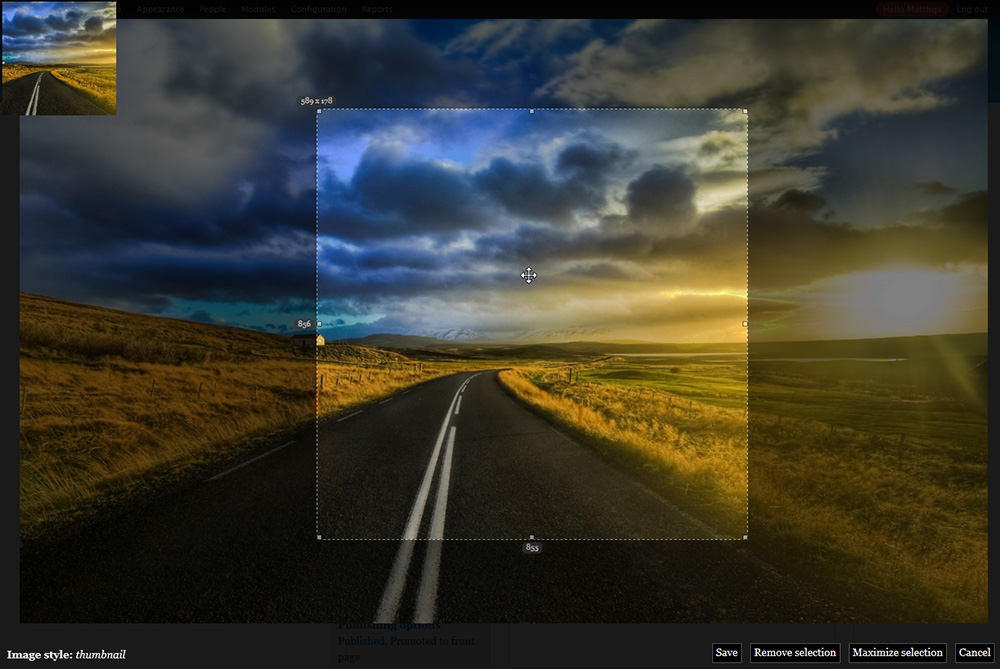

6).The crop image tool is probably the most used photo editing tool there is.


Another option is a process called pillarboxing, where black bands are placed down the sides of the screen, allowing the original image to be shown full-frame within the wider aspect ratio (fig. Since the advent of widescreen television, a similar process removes large chunks from the top & bottom to make a standard 4:3 image fit a 16:9 one, losing 25 percent of the original image. Without this, widescreen reproduction, especially for television broadcasting, is dependent upon a variety of soft matting techniques such as letterboxing, which involves varying degrees of image cropping (see figures 2, 3 and 4). Anamorphic optics (such as Panavision lenses) produce a full-frame, horizontally compressed image from which broadcasters and projectionists can matte a number of alternative aspect ratios without cropping relevant image detail. Rather than cropping, the cinematographer usually uses mattes to increase the latitude for alternative aspect ratios in projection and broadcast. 2).Ĭoncerns about aspect ratios are a major issue in filmmaking. In certain circumstances, film footage may be cropped to change it from one aspect ratio to another, without stretching the image or filling the blank spaces with letterbox bars (fig. Neither of these formats is cropped as such, but rather they are products of highly specialized optical configurations and camera designs.Ĭropping in order to emphasize the subject: A cropping made by trimming off the top and bottom margins of a photograph, or a film, produces a view that mimics the panoramic format (in photography) or the widescreen format in cinematography and broadcasting. It is considered one of the few editing actions permissible in modern photojournalism along with tonal balance, color correction and sharpening. In telephoto photography, most commonly in avian and aviation photography, an image is cropped to magnify the primary subject and further reduce the angle of view-when a lens of sufficient focal length to achieve the desired magnification directly was not available. Cropping is one of the most basic photo manipulation processes, and it is carried out to remove an unwanted object or irrelevant noise from the periphery of a photograph, to change its aspect ratio, or to improve the overall composition. In the printing, graphic design and photography industries, cropping is the removal of unwanted areas from the periphery of a photographic or illustrated image.

In photography, print, and design Ĭropped version, accentuating the subject The process of cropping is common to the photographic, film processing, broadcasting, graphic design, and printing businesses. Depending on the application, this can be performed on a physical photograph, artwork, or film footage, or it can be achieved digitally by using image editing software. The process usually consists of the removal of some of the peripheral areas of an image to remove extraneous trash from the picture, to improve its framing, to change the aspect ratio, or to accentuate or isolate the subject matter from its background.


 0 kommentar(er)
0 kommentar(er)
